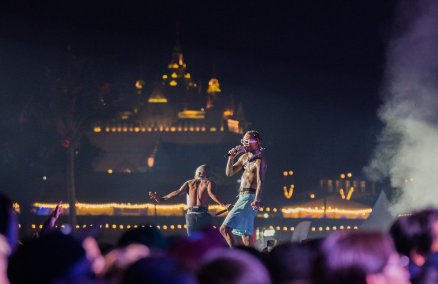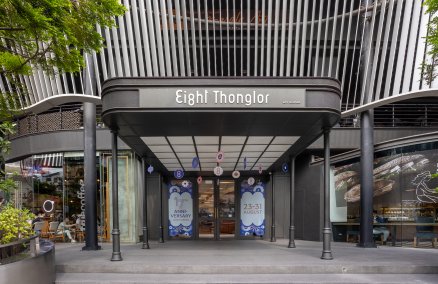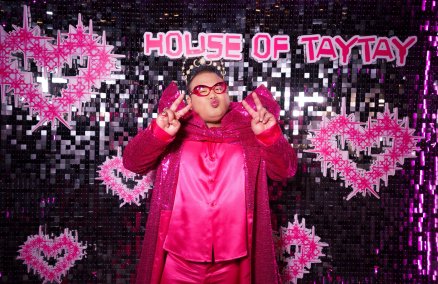BK Magazine ran the story back in April about a 24-year-long dispute between the Mahakan Fort community and the Bangkok Metropolitan Administration (BMA) over its plan to relocate the residents to make way for a public park.
When we ran the story, the BMA had set an April 30 deadline for the community to relocate. While the date has now lapsed with no further eviction efforts, the community is showing no signs of moving and has rather reorganized itself into a community-run project dubbed the Living Heritage Museum.
Today, lurking behind the seven-meter-high white concrete wall which once formed a part of the city wall built by King Rama I, you'll find a fully functioning museum in which over 50 families continue to live and work. One- and two-story wooden houses line the alley, with large trees over a hundred years old looming over the area.
Volunteers and residents have used information from university research to erect 26 plaques explaining the unique history of each building. One house in particular has a drinking water well. Research has concluded that this must have originally been a business premises for purchasing municipal water in bulk and reselling it to other residents. Unique artifacts such as these tell a wider narrative of Bangkok history, indicating the living standards enjoyed by communities such as this one.
Visitors can also visit local businesses such as textile shops, traditional Thai massage practitioners and stores selling handmade wooden bird cages.
The people behind the idea, Mahakan Model, are a group of local businessmen, conservationists and activists who aim to create a more sustainable solution for the heritage site. At the same time, they also hope that the Living Hedritage Museum can serve as an example of how communities can transform themselves and continue to serve as public spaces.
Mahakan Fort is a historic building which until now only caught the attention of tourists as they made their way to the Golden Mount or other nearby attractions. Of the 14 built forts built during the reign of King Rama I in the old city of Bangkok, only two survive today.
For over 200 years, a small community has existed around this city wall. Today, the Mahakan Fort community is the last surviving traditional community of its kind.
In 1978, the government designated that the Mahakan area be replaced with a public park under the Rattanakosin conservation and development scheme. On several occasions since, the Bangkok Metropolitan Administration (BMA) has tried to clear the area for the new development. However, with inadequate compensation and fights between the government and the community, the project has consistently stalled.
The final eviction notice for the community arrived on April 30 of this year in the face of strong criticism from conservationists, environmentalists, academics and other communities.
According to one representative of the Mahakan Fort Community, the BMA has visited the site following its transformation into the Living Heritage Museum and expressed their liking—but the decision to revert the eviction notice remains with the central government.
The Living Heritage Museum at Mahakan Fort community is open to visitors daily. Activities and tours take place weekend from 9am-4pm. Visitors can be guided round by the locals and the tour should take about one hour. Please note that this weekend (Jul 30-31) there will no special activities, though tours will run as usual.
Find more information on their website and follow their Facebook page for any upcoming events.
Read the full history of the Mahakan Fort Community here.















